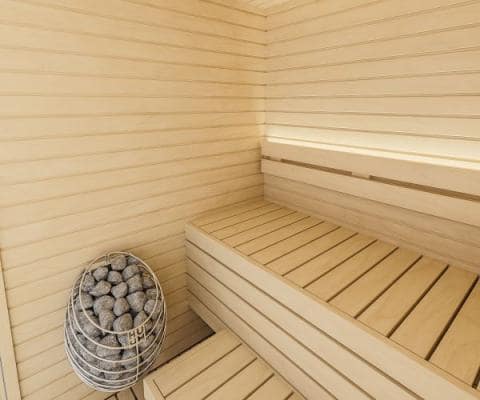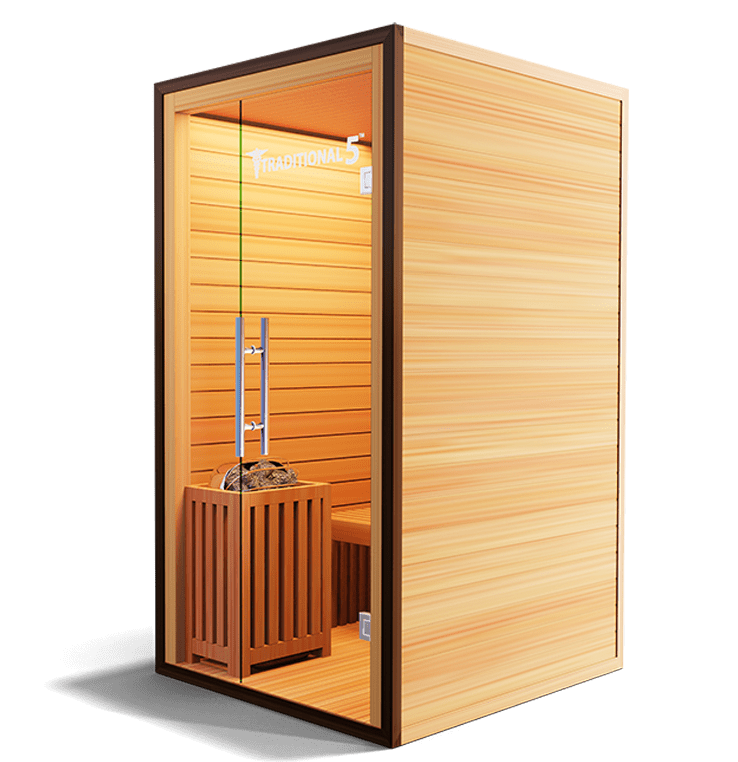The Best Guide To Traditional Sauna
The Best Guide To Traditional Sauna
Blog Article
Traditional Sauna for Beginners
Table of ContentsNot known Incorrect Statements About Traditional Sauna Traditional Sauna - The FactsSee This Report on Traditional SaunaThe Single Strategy To Use For Traditional SaunaThe Best Guide To Traditional Sauna
A lot of the weight shed in a sauna is water loss and is re-gained upon rehydrating. Without a doubt sauna can be a vital part of a healthy weight loss program. To look at the differences between traditional and IR saunas, I will separate these into verifiable, theoretical, and fabricated distinctions.Hence, the best point in the saunawhich goes to the ceiling directly over the sauna heateris normally between 185 and 190 F. Claims that a traditional sauna surpasses 200 F is simply not true and not relevant for electric saunas sold in the US. The temperature for a far-infrared sauna is normally set between 120 and 140 F; however, unlike the traditional sauna, the objective in and IR area is not to attain a high temperature level.
Due to the fact that of this, the temperature level difference is virtually unimportant, since excessive sweating causes both sauna kinds, yet the technique of heating the body is different. In an IR sauna the bather will certainly feel hot and will certainly sweat profusely, but at a lot lower temperatures (Traditional Sauna). Hence, if the goal is to spend longer time periods in the sauna, the IR sauna is a great selection
When a typical sauna has been effectively heated, the sauna wall surfaces are warm, the air temperature has achieved established temperature level and the rocks are extremely warmed. As a fascinating side note, the heated walls and the rocks are emitting far-infrared warmth, integrated with the heated air, to create an "enveloping warm".
The smart Trick of Traditional Sauna That Nobody is Talking About

When the heat is attained, the components cycle on and off to keep the heat. Most traditional sauna users enjoy pouring water over the rocks to create vapor to raise sauna humidity levels. The advantages of pouring water over the rocks include: making the room much more comfortable, dampening the nasal passages, and allowing the use of aromatherapy by blending essential oils with the water.

When the energy enters the body, it creates the body temperature level to boost and eventually causes sweating. In an infrared sauna it is essential for the emitters/heaters to continue to be on practically regularly. Considering that there is no mass of rocks to retain warm, the sauna will cool down if the emitters closed off.
As discussed over, the sauna bather this page in an infrared space intends to position himself before operating emitters to obtain maximum take advantage of the warm. The home heating time for the two spaces can be really different, depending on exactly how the spaces are used. For a typical sauna, a bather should permit 30-40 minutes for the space to attain a preferred temperature and to appropriately pre-heat the rocks.
Traditional Sauna Fundamentals Explained
A well created sauna will generally achieve a temperature of 150-160 F in regarding 30-40 mins. For hotter temperatures, the space might require to warmth for a longer period.

Traditional saunas have a tendency to be bigger (therefore utilize more electrical energy) than infrared saunas, although typical saunas are certainly offered in one and two individual dimensions too. For a two-person typical sauna, 5x6 or 5x7 size is most preferred. The top bench can conveniently seat 2 or three individuals and is additionally enough time check my site to lie down throughout the sauna session.
Traditional Sauna - An Overview
The typical price per kWH of electricity in the U.S. is around $0.11, so a 4.5 kW heating unit will certainly cost about $.50 to compete one hour, if the heating unit runs continually for one hour. Commonly a sauna heating system will run for 75% of the very first hour and 50% of succeeding hours on given that the elements cycle once the established temperature level is accomplished.

There is a rarely reviewed difference in the social experience in between the two spaces. While our society has shed several of the social benefit of the conventional sauna experience, it can be extremely socially satisfying (Traditional Sauna). From family time in the sauna, to heart-felt conversations with loved ones, to sauna partiesthe traditional sauna experience can result in intimate interacting socially
Traditional Sauna Can Be Fun For Anyone
Most higher end infrared spaces include colored light treatment, noise systems and full-glass fronts.
Report this page